Complete Solutions to Linked comprehension type questions passage of chapter HALOALKANES AND HALOARENES of Class 12 book with complete answers and questions
| Class 12 | CHEMISTRY |
| Chapter | HALOALKANES AND HALOARENES |
| OP TANDON | Linked comprehension type questions passage |
| Number Of Questions | 28 |
| Academic Year | 2023-24 |
The high reactivity of alkyl halides can be explained in tems of nature of C-X bond which is highly polarised covalent bond due to large difference in the electronegativities of carbon and halogen atom. This polarity is responsible for the nucleophilic substitution reaction of alkyl halides which mostly occur by
i.e.,
which breaks to yield the product (alcohol) and leaving
Which among the following will not give
View SolutionThe high reactivity of alkyl halides can be explained in tems of nature of C-X bond which is highly polarised covalent bond due to large difference in the electronegativities of carbon and halogen atom. This polarity is responsible for the nucleophilic substitution reaction of alkyl halides which mostly occur by
i.e.,
which breaks to yield the product (alcohol) and leaving
View SolutionThe high reactivity of alkyl halides can be explained in tems of nature of C-X bond which is highly polarised covalent bond due to large difference in the electronegativities of carbon and halogen atom. This polarity is responsible for the nucleophilic substitution reaction of alkyl halides which mostly occur by
i.e.,
which breaks to yield the product (alcohol) and leaving
An
View SolutionThe high reactivity of alkyl halides can be explained in tems of nature of C-X bond which is highly polarised covalent bond due to large difference in the electronegativities of carbon and halogen atom. This polarity is responsible for the nucleophilic substitution reaction of alkyl halides which mostly occur by
i.e.,
which breaks to yield the product (alcohol) and leaving
The main product formed in the following reaction is
View SolutionThe high reactivity of alkyl halides can be explained in tems of nature of C-X bond which is highly polarised covalent bond due to large difference in the electronegativities of carbon and halogen atom. This polarity is responsible for the nucleophilic substitution reaction of alkyl halides which mostly occur by
i.e.,
which breaks to yield the product (alcohol) and leaving
Which of the following is an example of
View SolutionKarl Ziegler reported that alkenes react with N-bromosuccinimide (NBS) in presence of light to give products resulting from substitution of hydrogen by bromine at the allylic position i.e., the position next to the double bond.
Let us consider the halogenation of cyclohexane.

Energy level diagram for allylic vinylic and alkylic free redicals is given below:
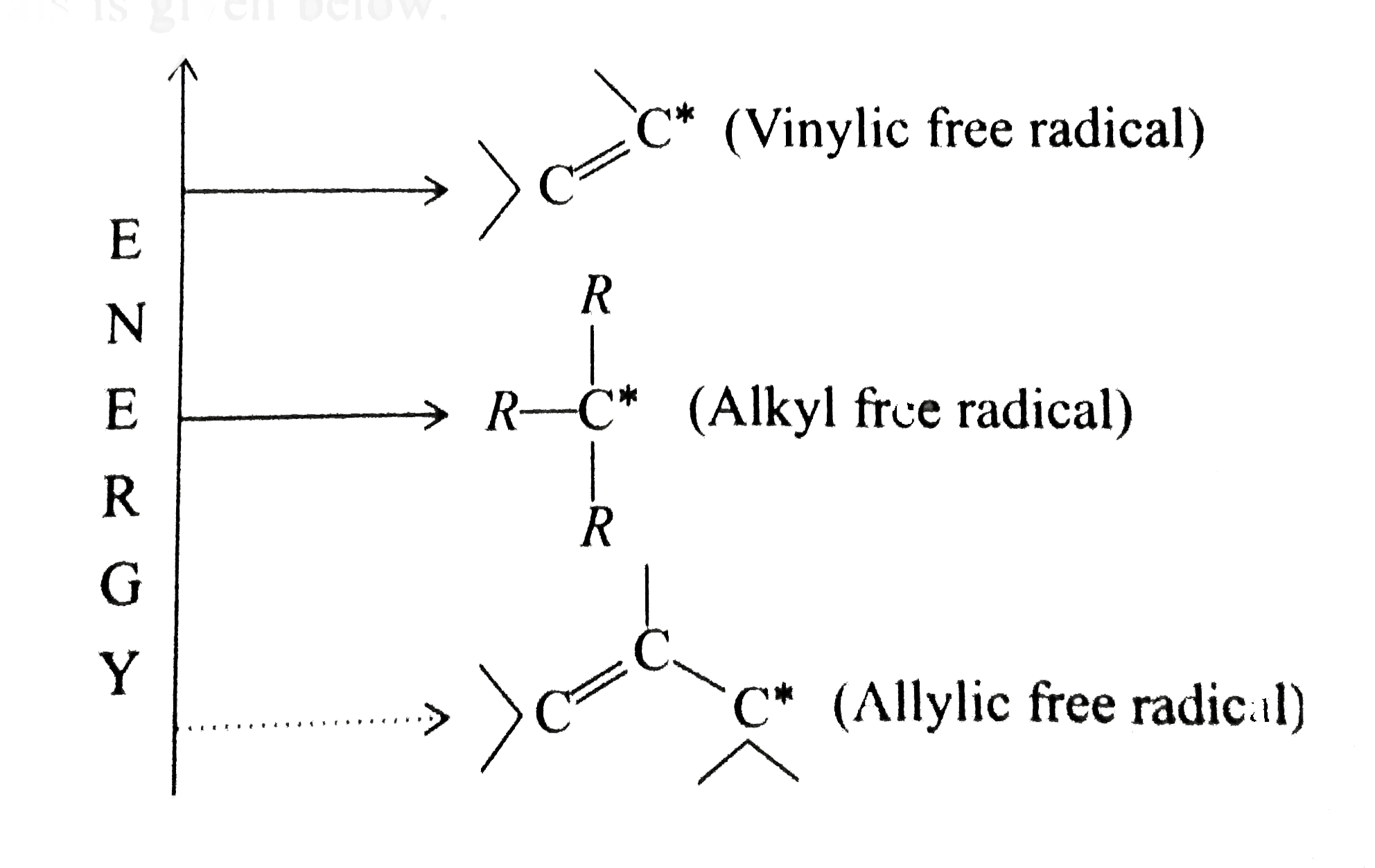
Select the correct statement(s) among the following :
View SolutionKarl Ziegler reported that alkenes react with N-bromosuccinimide (NBS) in presence of light to give products resulting from substitution of hydrogen by bromine at the allylic position i.e., the position next to the double bond.
Let us consider the halogenation of cyclohexane.

Energy level diagram for allylic vinylic and alkylic free redicals is given below:
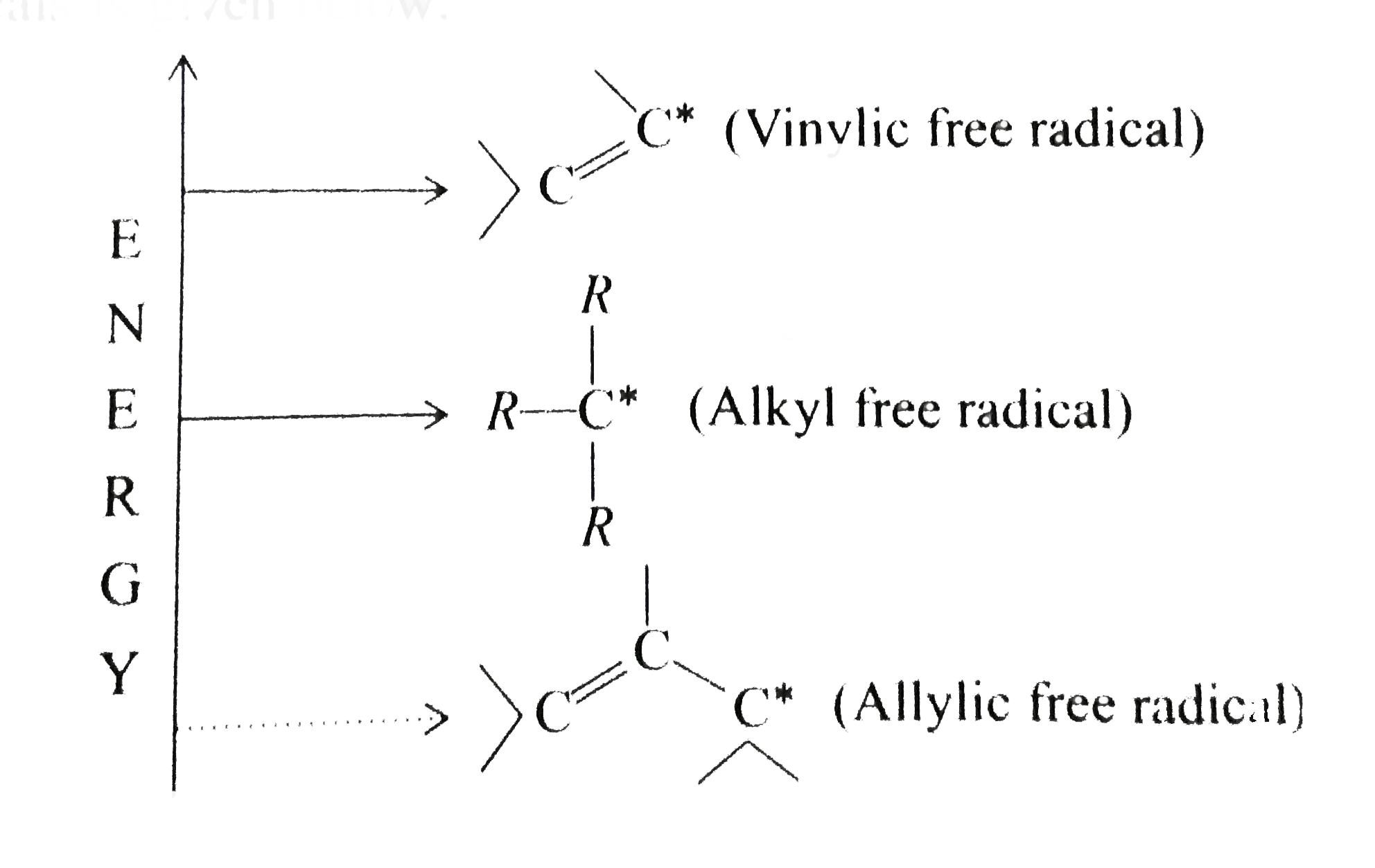
Consider the three types of C-H bonds in cyclohexene.
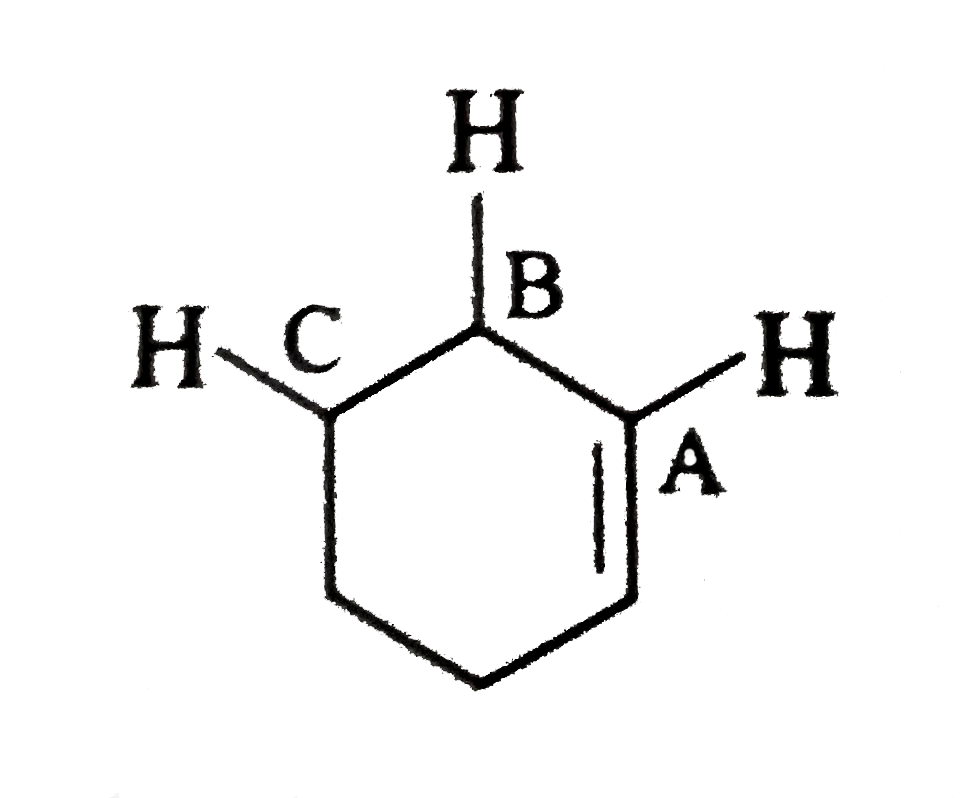
Which of the following
View SolutionKarl Ziegler reported that alkenes react with N-bromosuccinimide (NBS) in presence of light to give products resulting from substitution of hydrogen by bromine at the allylic position i.e., the position next to the double bond.
Let us consider the halogenation of cyclohexane.

Energy level diagram for allylic vinylic and alkylic free redicals is given below:
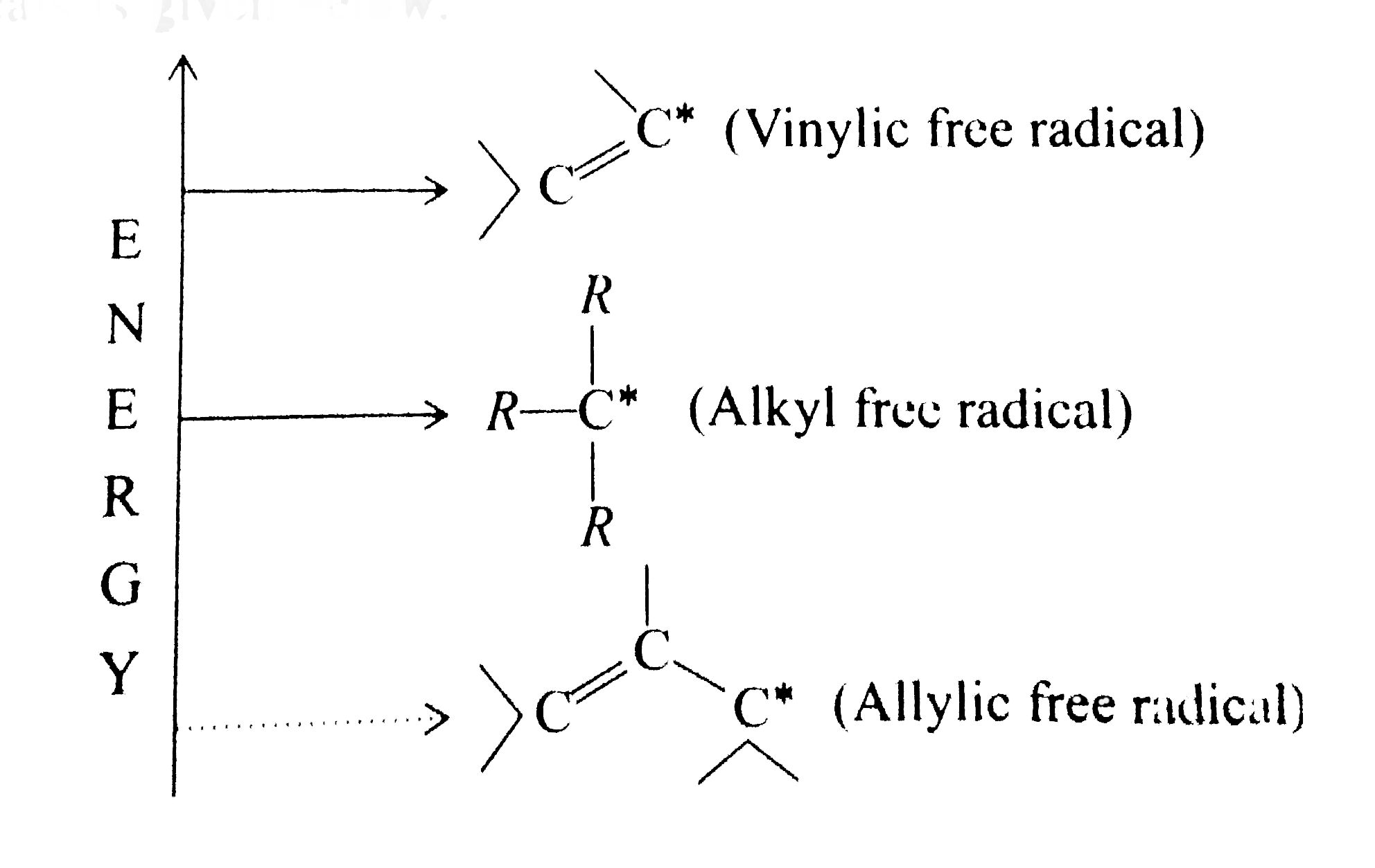
Which of the following sequences is correct about C-H bond energy ?
View SolutionKarl Ziegler reported that alkenes react with N-bromosuccinimide (NBS) in presence of light to give products resulting from substitution of hydrogen by bromine at the allylic position i.e., the position next to the double bond.
Let us consider the halogenation of cyclohexane.

Energy level diagram for allylic vinylic and alkylic free redicals is given below:

Select the correct statement(s) among the following :
View SolutionKarl Ziegler reported that alkenes react with N-bromosuccinimide (NBS) in presence of light to give products resulting from substitution of hydrogen by bromine at the allylic position i.e., the position next to the double bond.
Let us consider the halogenation of cyclohexane.

Energy level diagram for allylic vinylic and alkylic free redicals is given below:
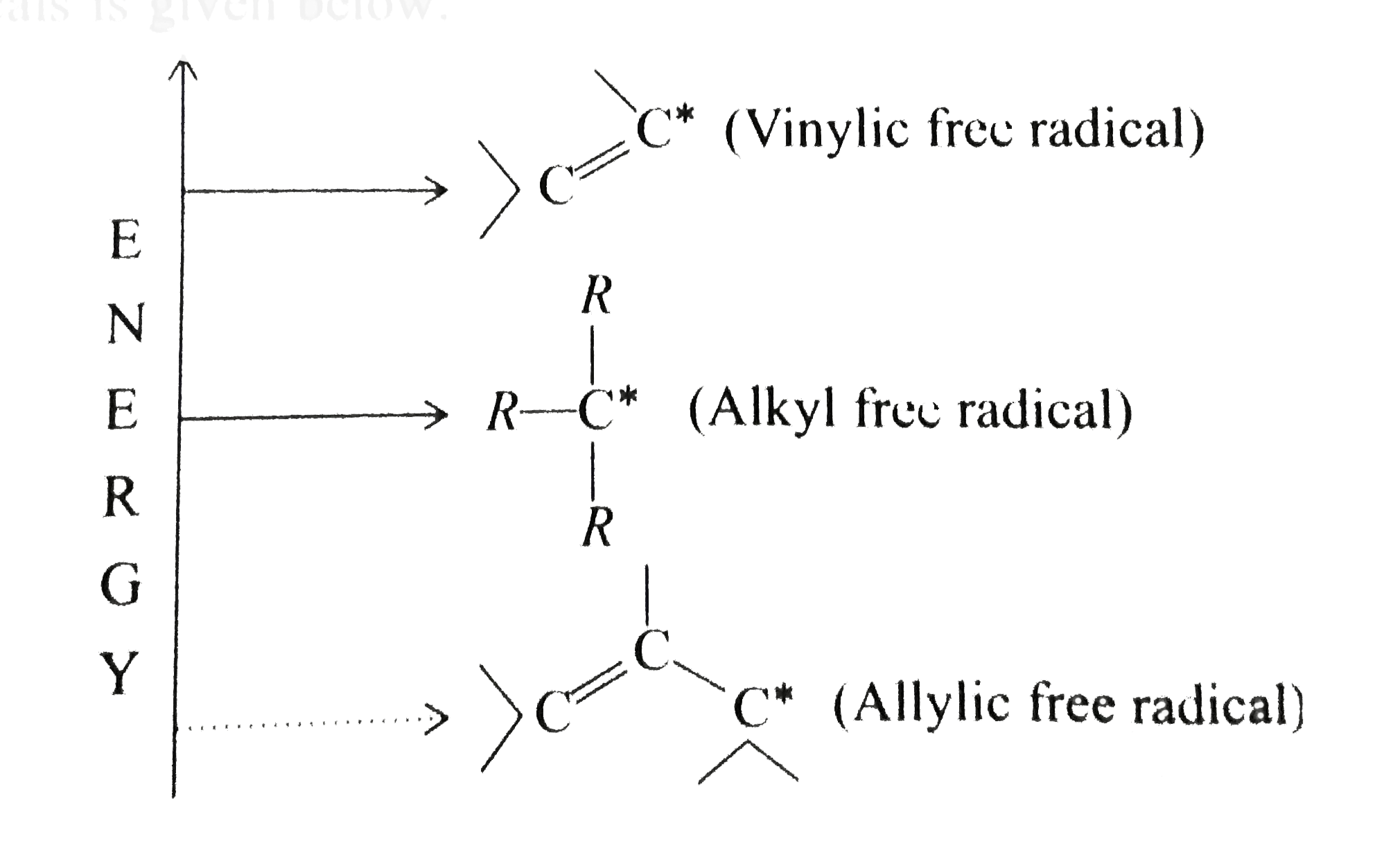
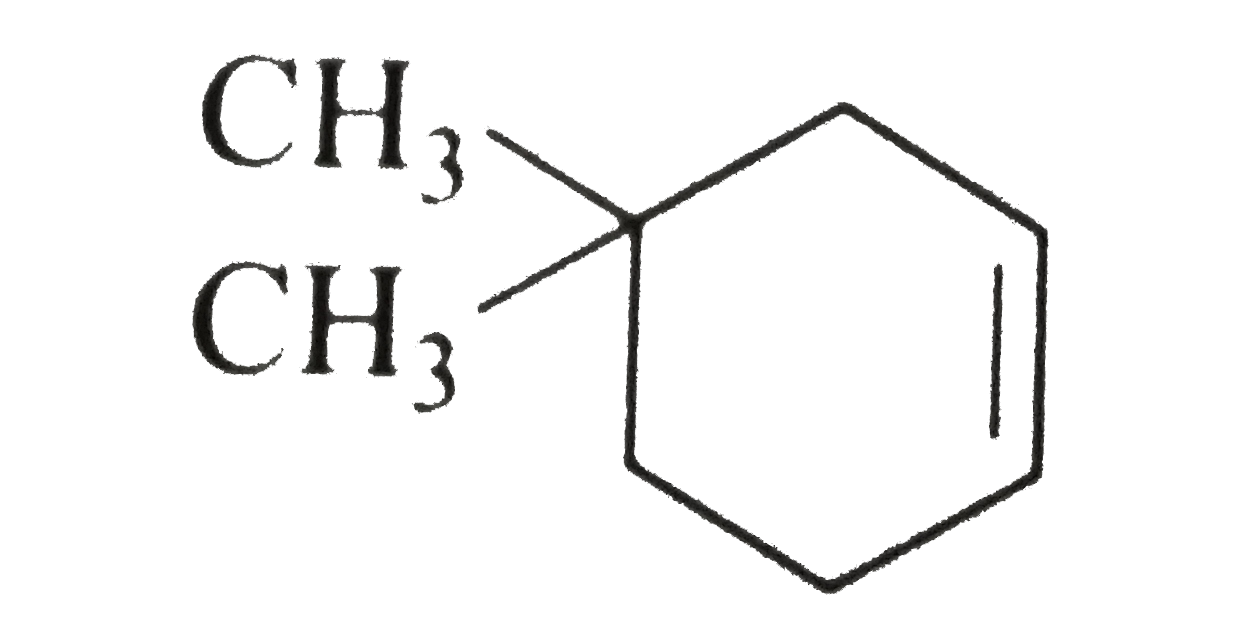
(4,4-Dimethyl cyclohexene)
Above compound on treatment with NBS gives allylic bromides . How many product (s) will be obtained in this reaction?
View SolutionThe removal of two atoms or groups one generally hydrogen
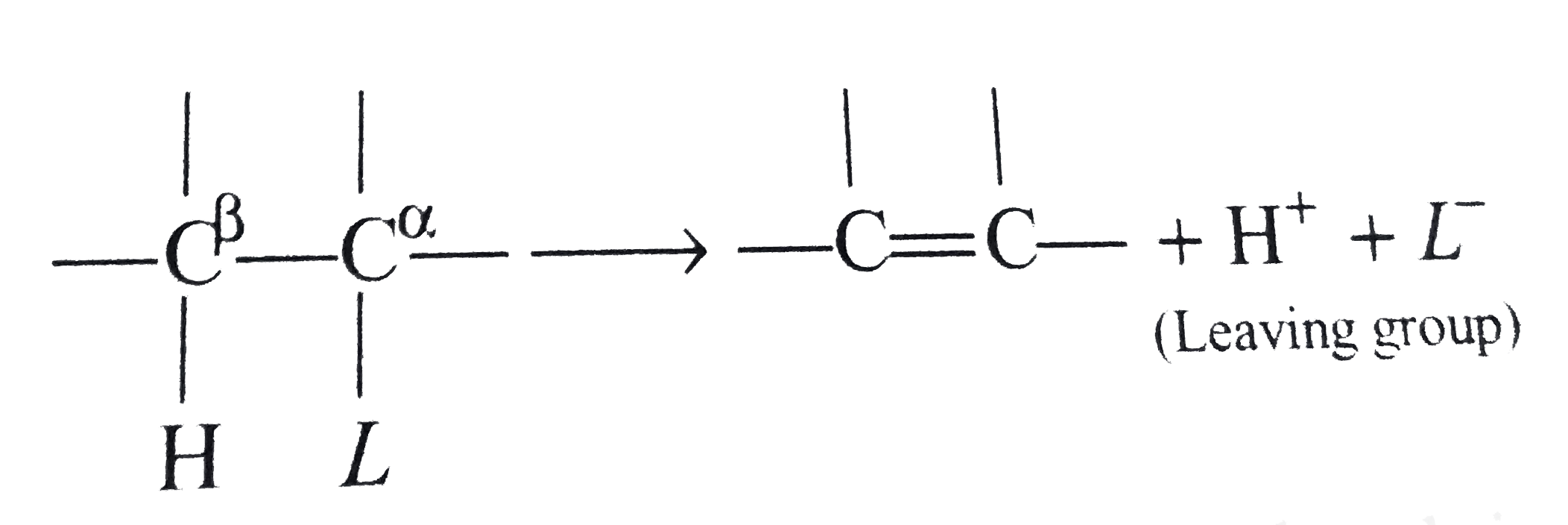
In
In

Isopropyl chloride on heating with concentrated solution of ethanolic KOH gives mainly:
View SolutionThe removal of two atoms or groups one generally hydrogen

In
In

2-Bromonbutane on heating with concentrated solution of alcoholic KOH gives major product as :
View SolutionThe removal of two atoms or groups one generally hydrogen

In
In

this reaction is an example of:
View SolutionThe removal of two atoms or groups one generally hydrogen

In
In

2-Bromopentane is heated with potassium ethoxide in ethanol. The major product obtained is :
View SolutionThe removal of two atoms or groups one generally hydrogen

In
In

View Solution
The concentration of nucleophile does not appear in the rate law expression.
Reaction rate k[RX]
In a mulptistep organic reaction , the rate-limiting step is the slowest step . Rate determining step is represented by the following energy level diagram: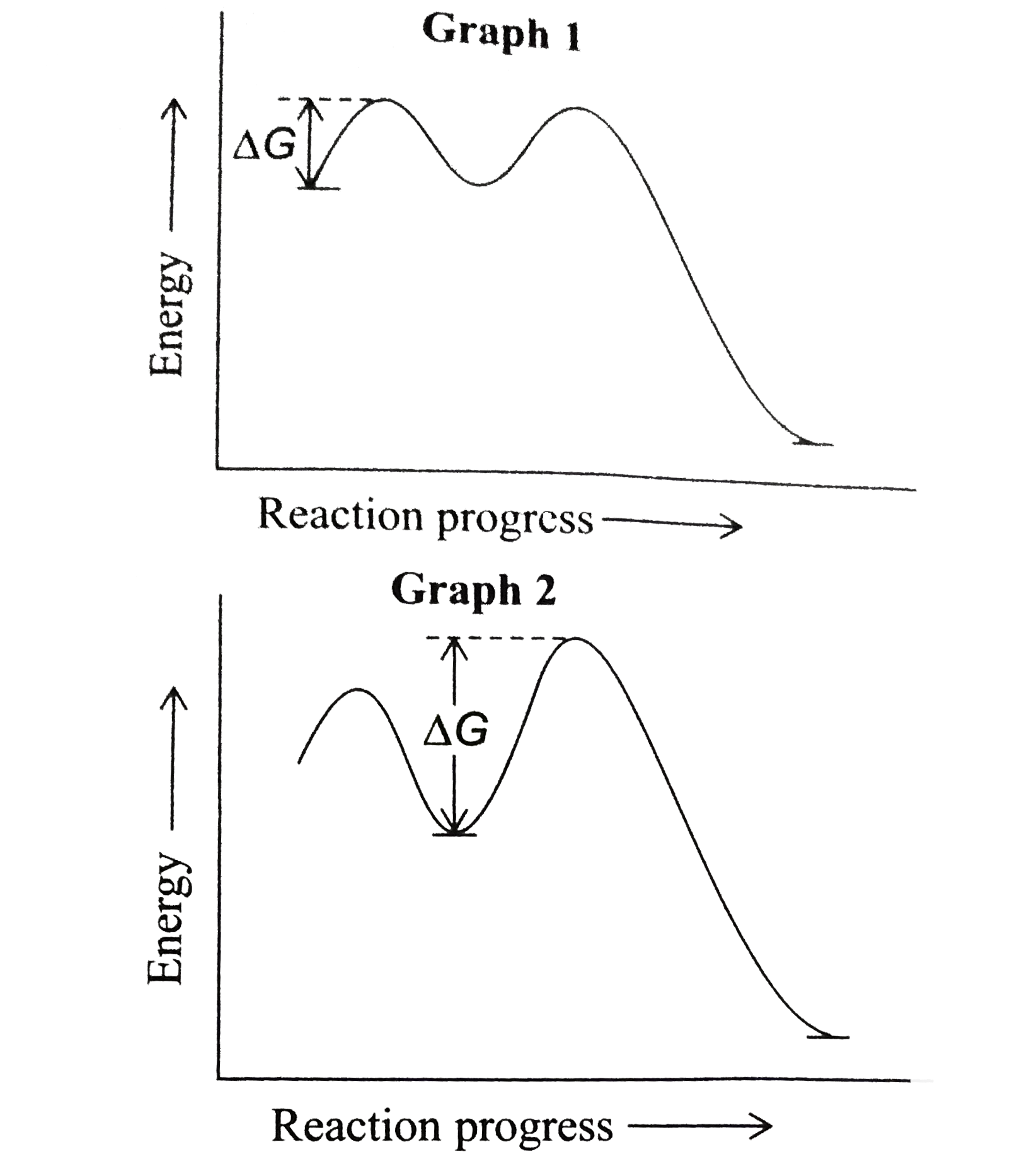
A reaction energy level diagram for an
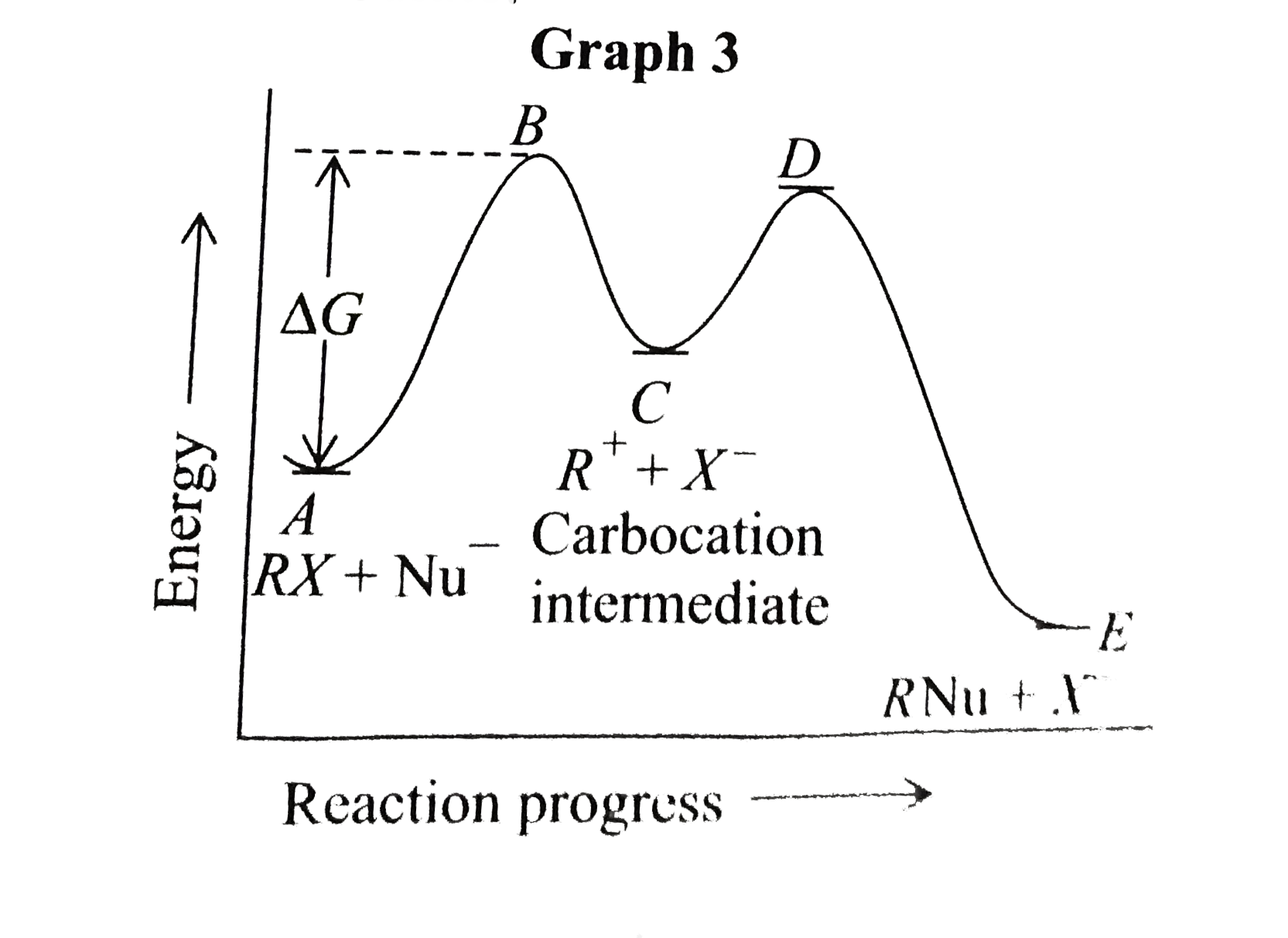
In
View Solution
The concentration of nucleophile does not appear in the rate law expression.
Reaction rate k[RX]
In a mulptistep organic reaction , the rate-limiting step is the slowest step . Rate determining step is represented by the following energy level diagram:
A reaction energy level diagram for an
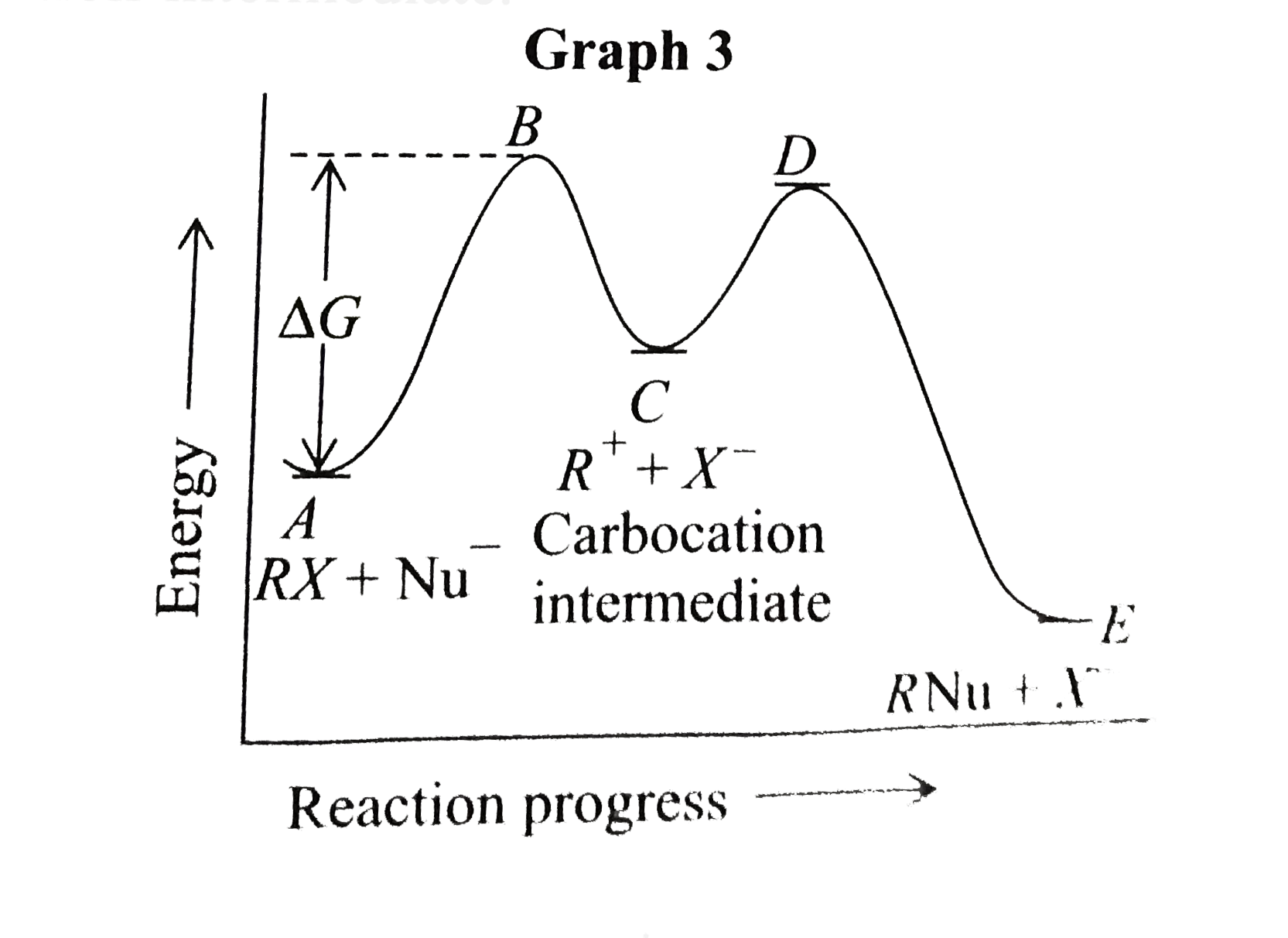
Select the correct statement (s) about the graph 1:
View Solution
The concentration of nucleophile does not appear in the rate law expression.
Reaction rate k[RX]
In a mulptistep organic reaction , the rate-limiting step is the slowest step . Rate determining step is represented by the following energy level diagram: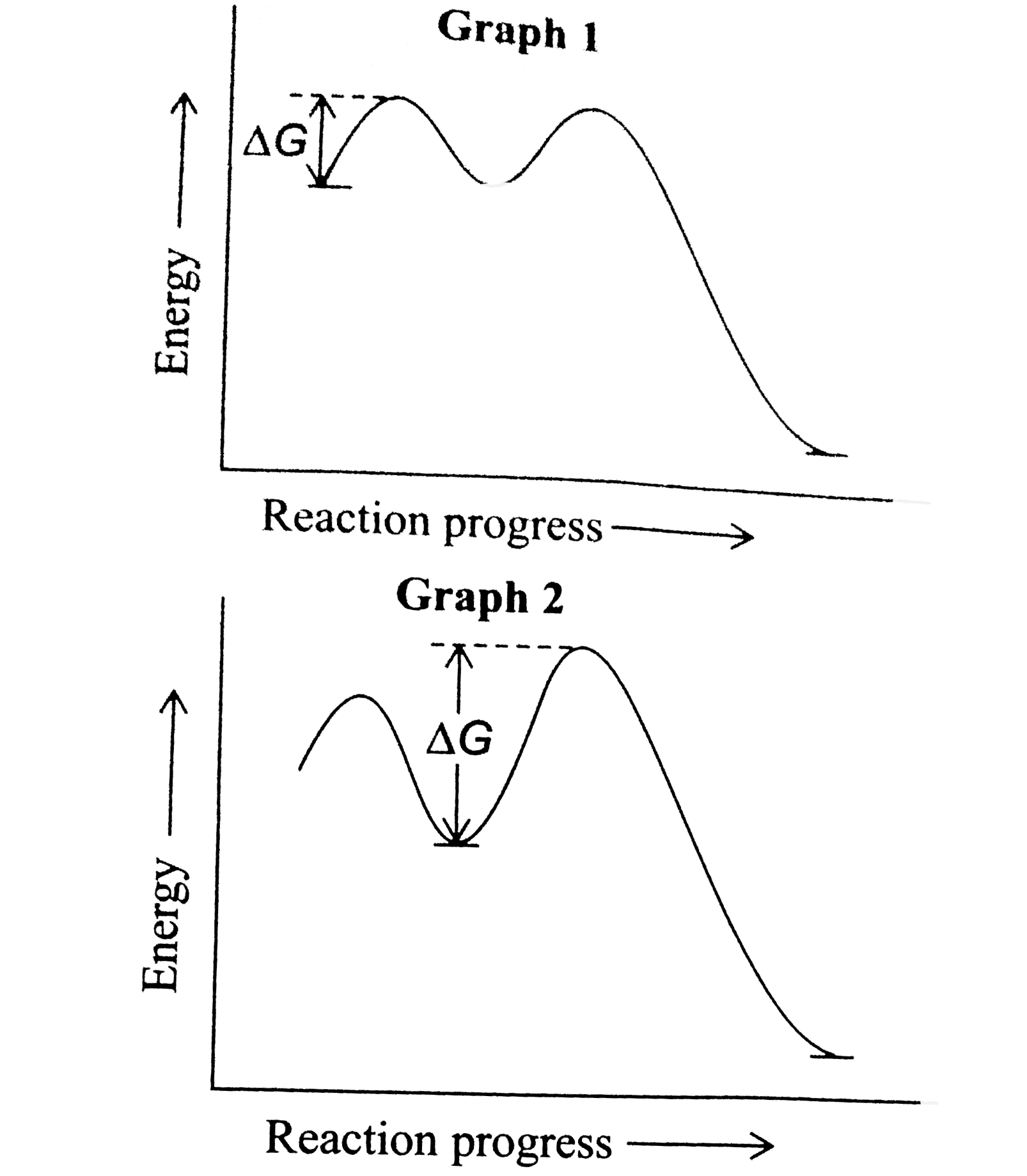
A reaction energy level diagram for an
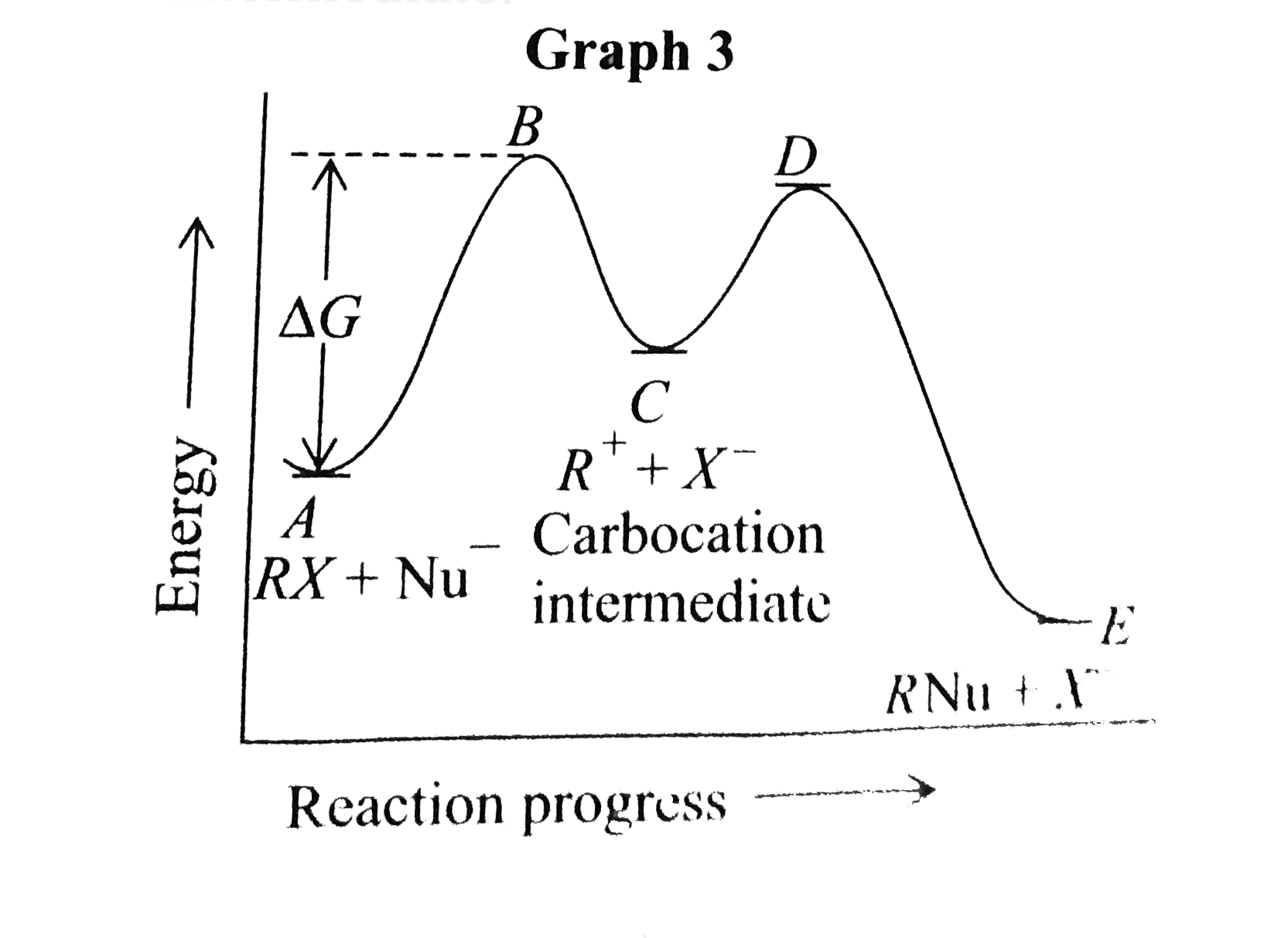
Select the correct statement(s) about the graph 2:
View Solution
The concentration of nucleophile does not appear in the rate law expression.
Reaction rate k[RX]
In a mulptistep organic reaction , the rate-limiting step is the slowest step . Rate determining step is represented by the following energy level diagram: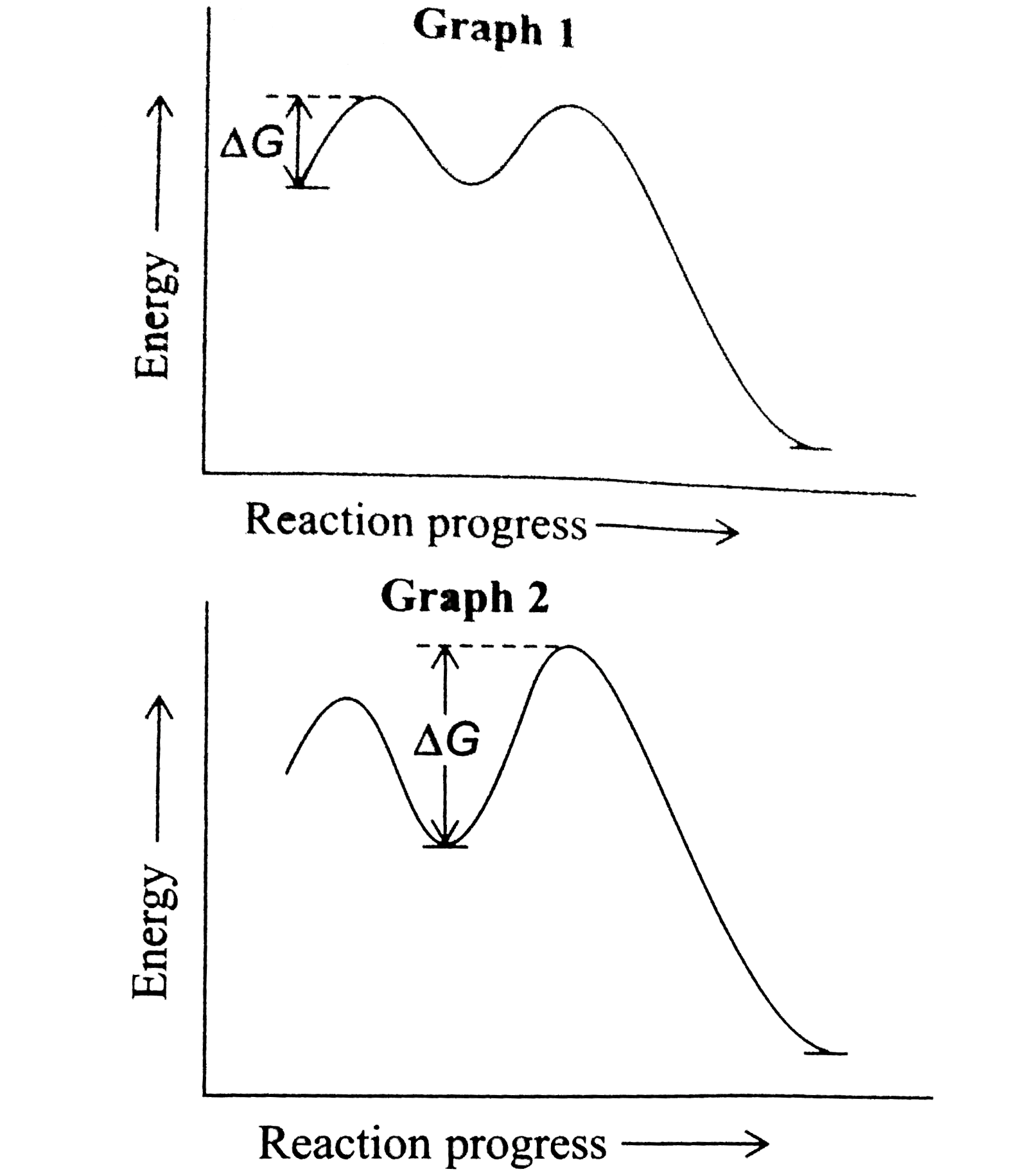
A reaction energy level diagram for an
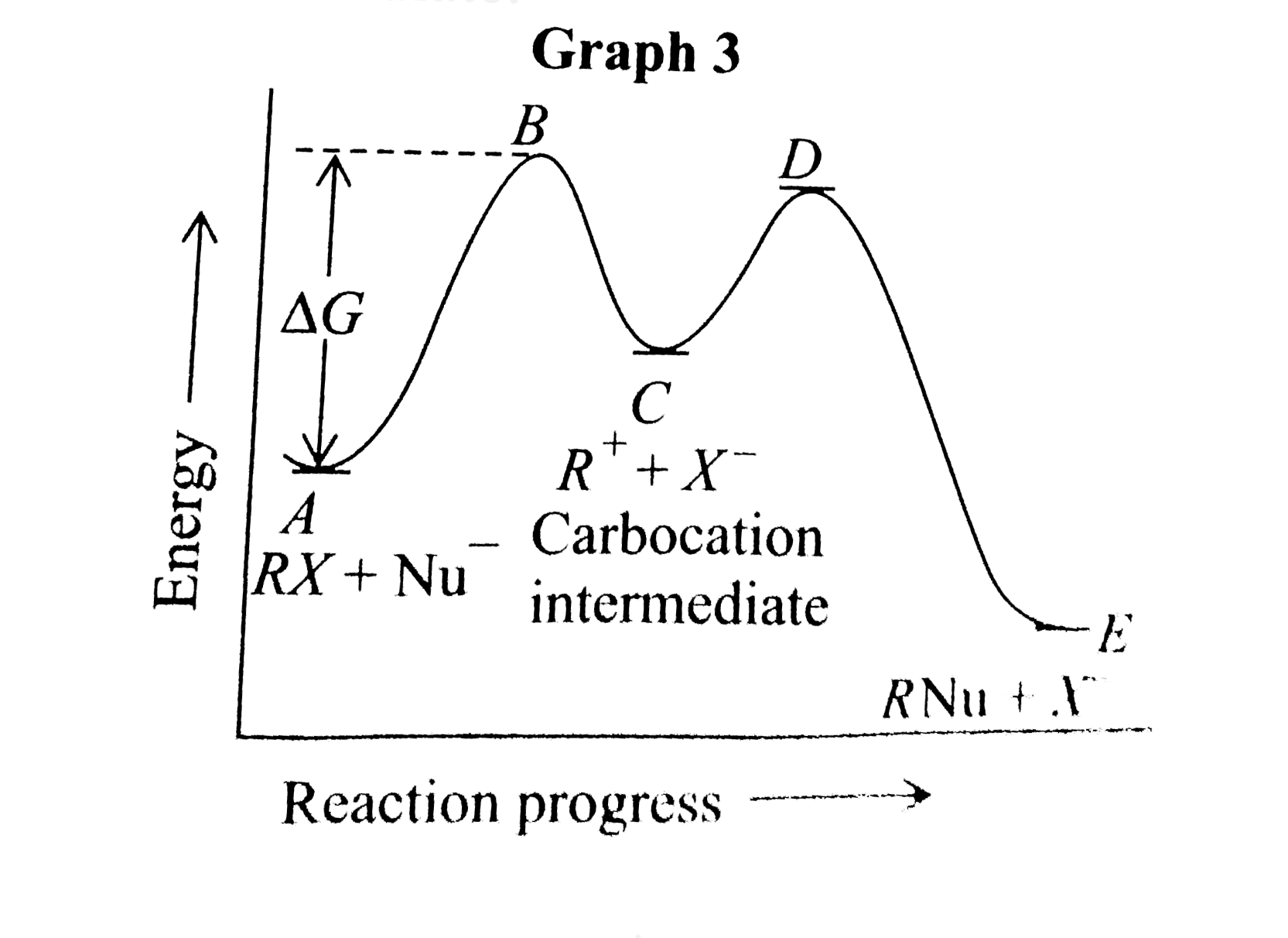
In the graph 3 for
View Solution
The concentration of nucleophile does not appear in the rate law expression.
Reaction rate k[RX]
In a mulptistep organic reaction , the rate-limiting step is the slowest step . Rate determining step is represented by the following energy level diagram: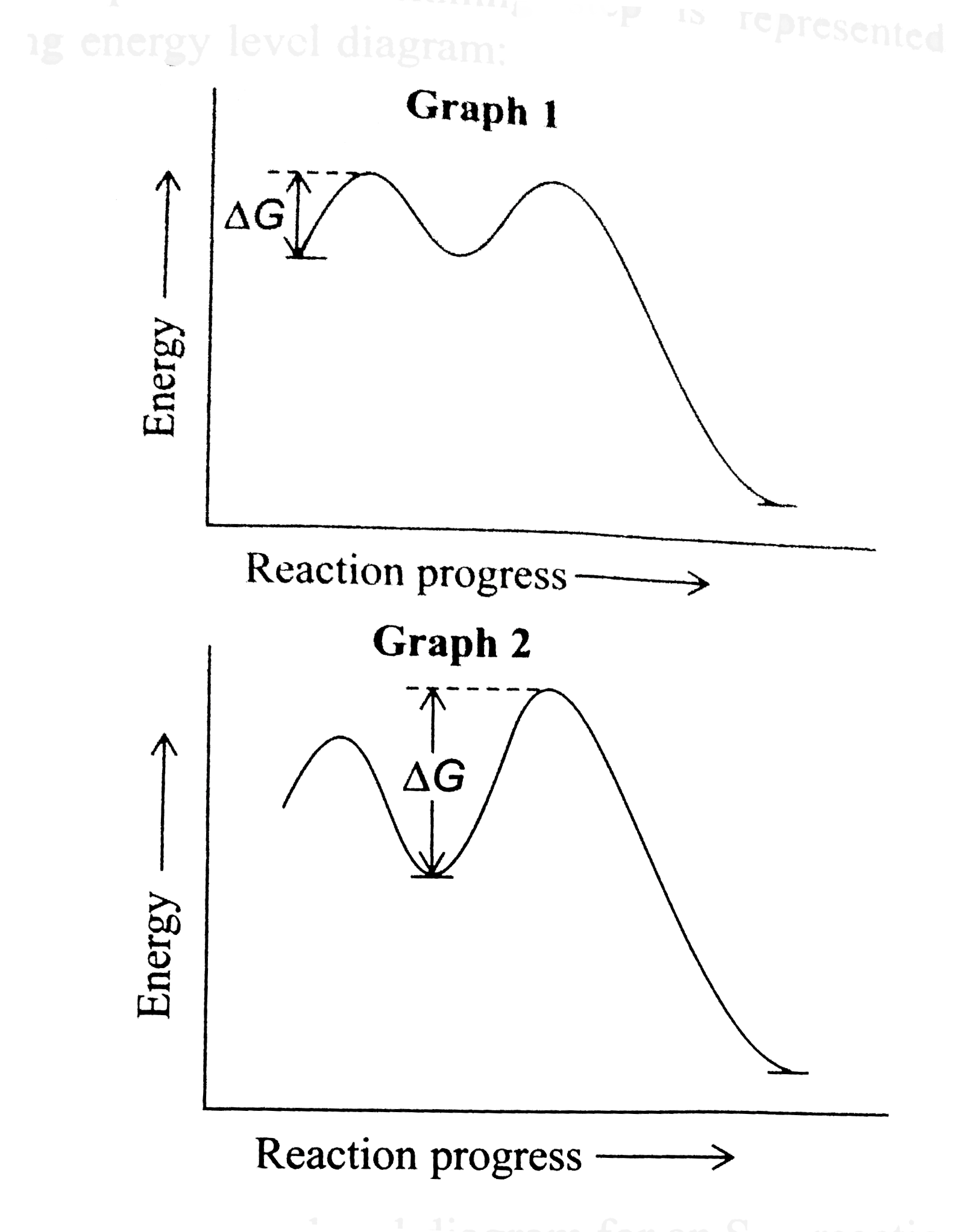
A reaction energy level diagram for an
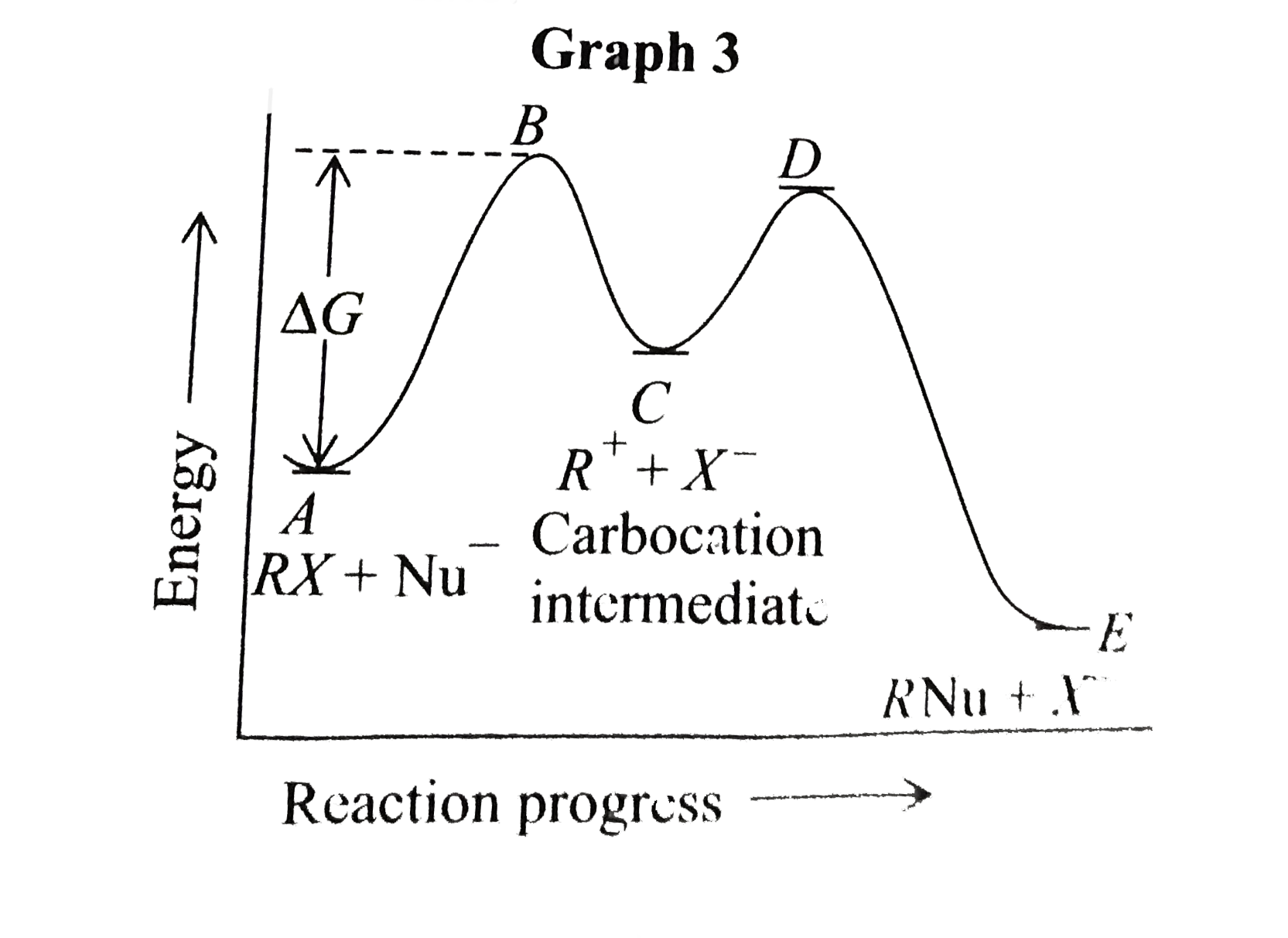
View SolutionFree radical halogenation takes place in the presence of light or at high temperature (abov 773K.) Formation of halogen free radical intermediate takes place in first step called chain initiation step.
This reaction is mainly given by those compound which have atleast one hydrogen atom present at
Reactivity of
The relative rate of formation of alkyl radicals by a chlorine radical is :
Relative amount = Number of hydrogen atoms on the respective carbon
NBS (N-bromo succinimide) is used for bromination at allylic and benzylic carbon, whereas
Select most reactive compound for chlorination in presence of light :
View SolutionFree radical halogenation takes place in the presence of light or at high temperature (abov 773K.) Formation of halogen free radical intermediate takes place in first step called chain initiation step.
This reaction is mainly given by those compound which have atleast one hydrogen atom present at
Reactivity of
The relative rate of formation of alkyl radicals by a chlorine radical is :
Relative amount = Number of hydrogen atoms on the respective carbon
NBS (N-bromo succinimide) is used for bromination at allylic and benzylic carbon, whereas
Percentage yield of 2-chlorobutane will be:
View SolutionFree radical halogenation takes place in the presence of light or at high temperature (abov 773K.) Formation of halogen free radical intermediate takes place in first step called chain initiation step.
This reaction is mainly given by those compound which have atleast one hydrogen atom present at
Reactivity of
The relative rate of formation of alkyl radicals by a chlorine radical is :
Relative amount = Number of hydrogen atoms on the respective carbon
NBS (N-bromo succinimide) is used for bromination at allylic and benzylic carbon, whereas
which one of the following compounds will react with NBS?
View SolutionFree radical halogenation takes place in the presence of light or at high temperature (abov 773K.) Formation of halogen free radical intermediate takes place in first step called chain initiation step.
This reaction is mainly given by those compound which have atleast one hydrogen atom present at
Reactivity of
The relative rate of formation of alkyl radicals by a chlorine radical is :
Relative amount = Number of hydrogen atoms on the respective carbon
NBS (N-bromo succinimide) is used for bromination at allylic and benzylic carbon, whereas
Arrange decreasing order of reactivity of given compounds with NBS :(N-bromo succinimide)
Select the correct answer from the codes given below
Codes:
View SolutionFree radical halogenation takes place in the presence of light or at high temperature (abov 773K.) Formation of halogen free radical intermediate takes place in first step called chain initiation step.
This reaction is mainly given by those compound which have atleast one hydrogen atom present at
Reactivity of
The relative rate of formation of alkyl radicals by a chlorine radical is :
Relative amount = Number of hydrogen atoms on the respective carbon
NBS (N-bromo succinimide) is used for bromination at allylic and benzylic carbon, whereas
Chlorinating agent for free radical chlorination may be taken as :
View SolutionFor a typical nucleophilic aromatic substitution reaction to take place .
1. Nucleophilic atom should be of oxygen nitrogen or sulphur.
2. Leaving groups should be halide.
3. There should be strong electron withdrawing at ortho and para position to leaving group.
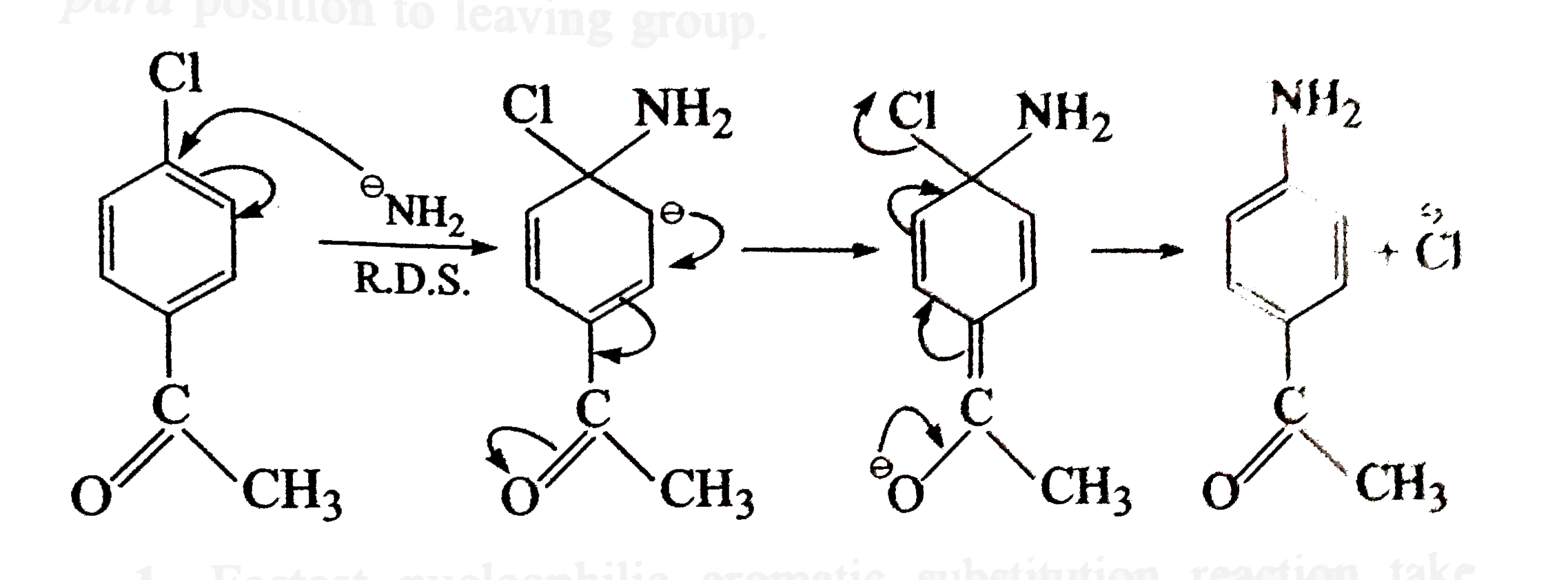
Fastest nucleophilic aromatic substitution reaction take place in :
View SolutionFor a typical nucleophilic aromatic substitution reaction to take place .
1. Nucleophilic atom should be of oxygen nitrogen or sulphur.
2. Leaving groups should be halide.
3. There should be strong electron withdrawing at ortho and para position to leaving group.
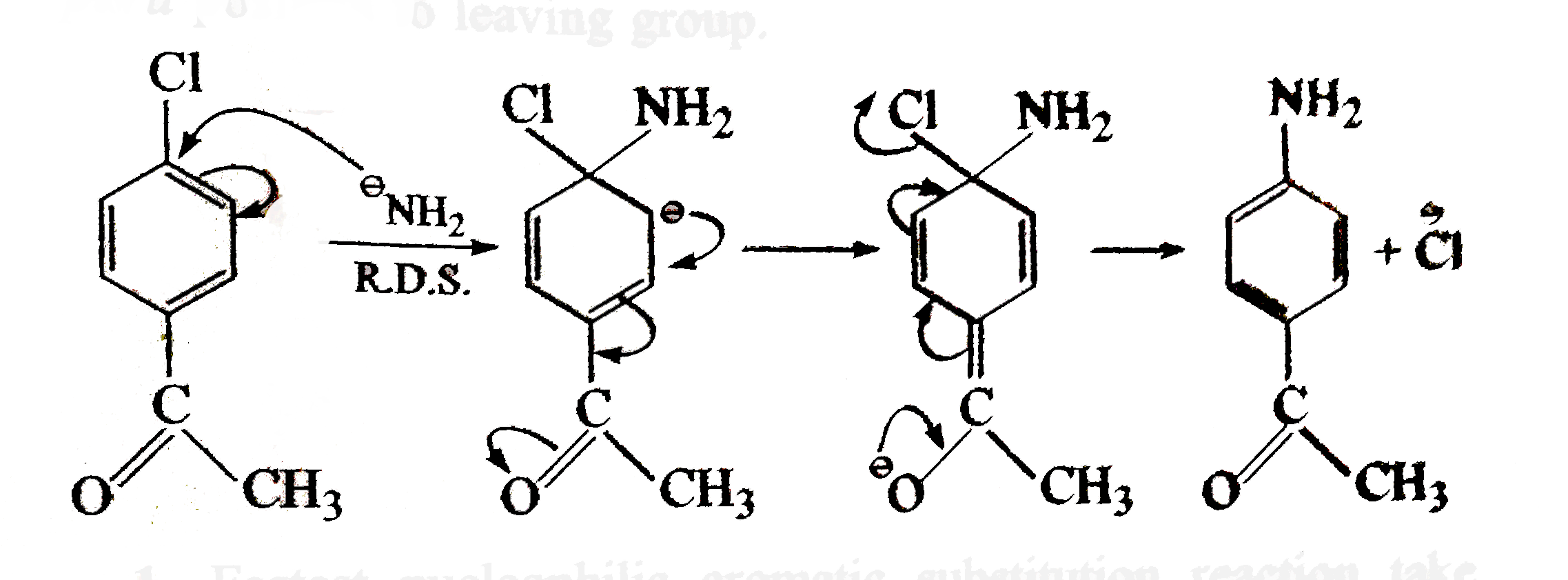
Find out correct product of following reaction
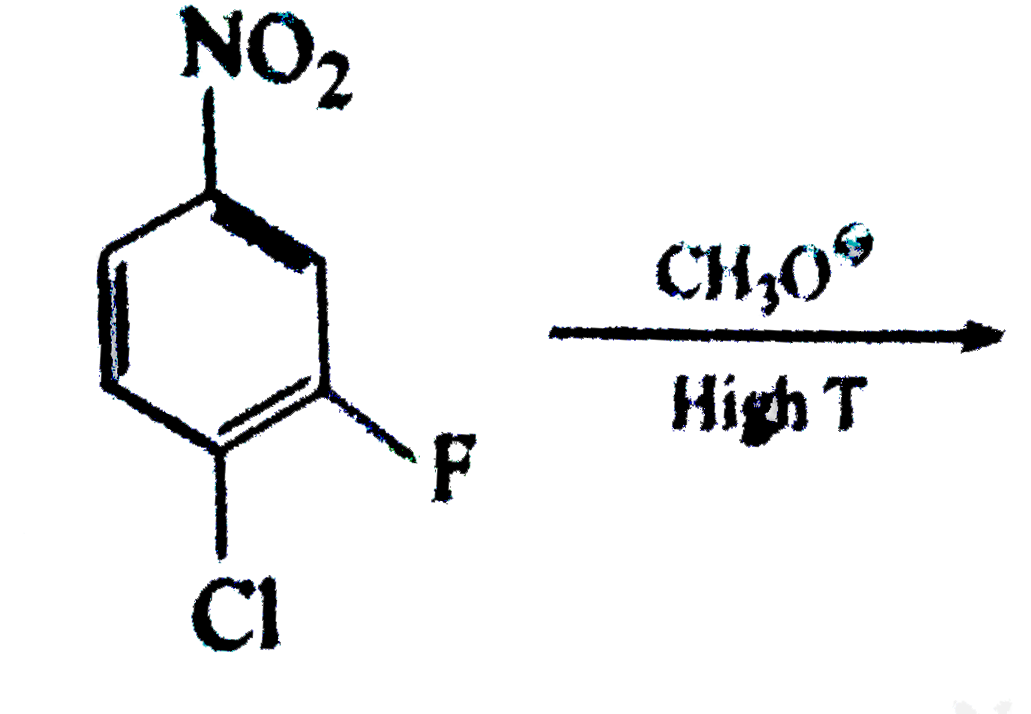
View SolutionFor a typical nucleophilic aromatic substitution reaction to take place .
1. Nucleophilic atom should be of oxygen nitrogen or sulphur.
2. Leaving groups should be halide.
3. There should be strong electron withdrawing at ortho and para position to leaving group.

Compare rate of nucleophilic aromatic substitution reaction in following reactants:
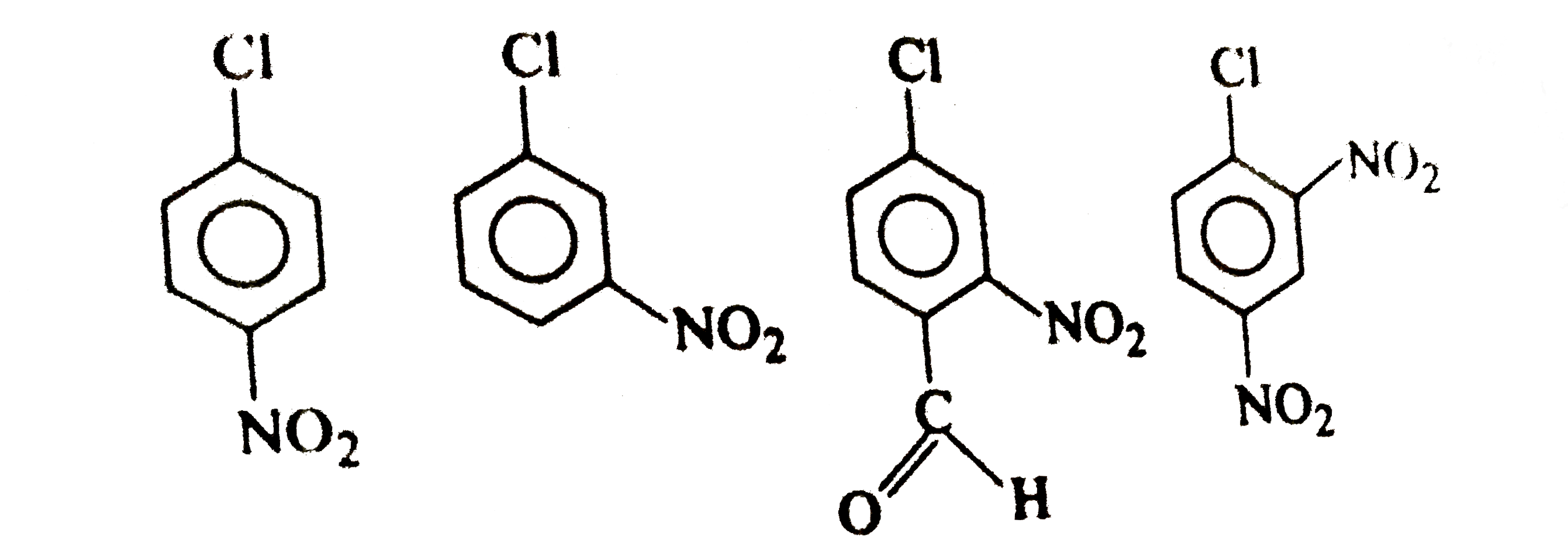
View Solution
Linked comprehension type questions passage questions and complete solutions for chapter HALOALKANES AND HALOARENES of G.R. BATHLA & SONS CHEMISTRY (HINGLISH) of Class 12
All Exercises from OP TANDON Class 12 CHEMISTRY HALOALKANES AND HALOARENES
- Assertion -Reason Type Questions
- Example
- illustrations of objective questions
- Linked comprehension type questions passage
- Matching type
- Matrix -Match Type Questions
- Objective Questions
- Objective Questions Lavel -B
- Objective Questions Lavel -B Set II This set contains the questions
- Problem
- Problem For Practice
- Problems based on structure and properties
- Single Interger answer type questions